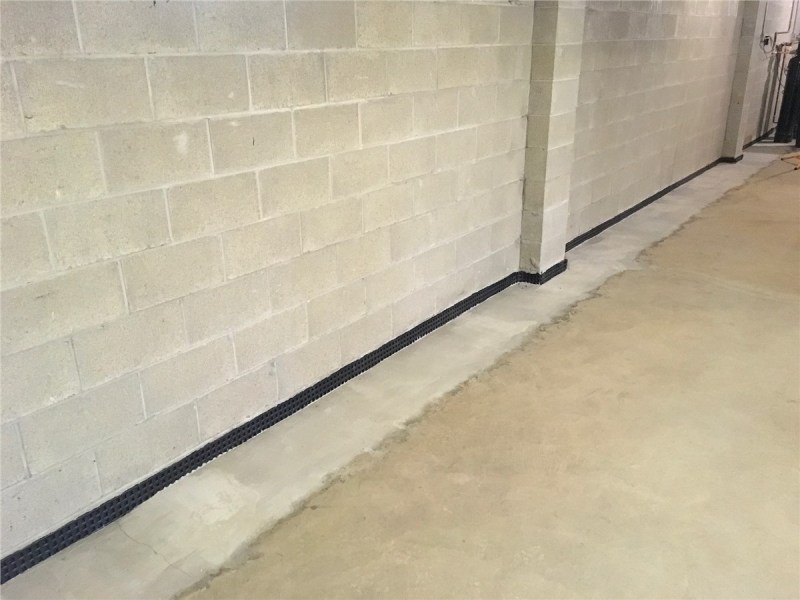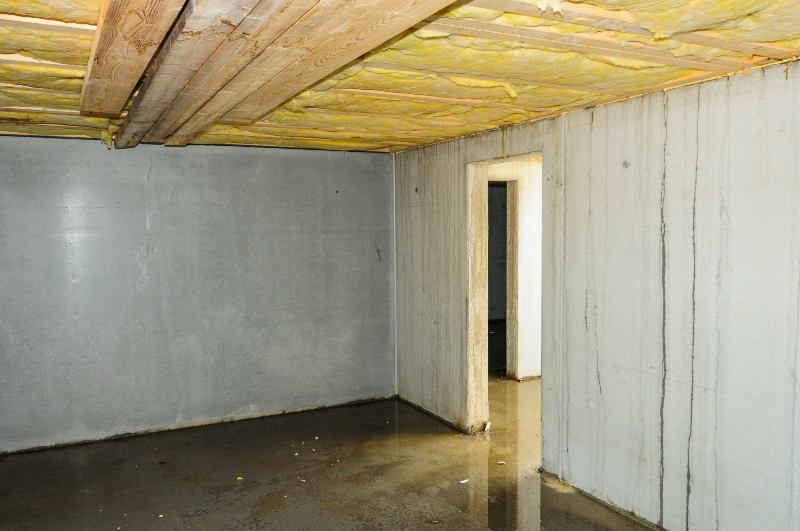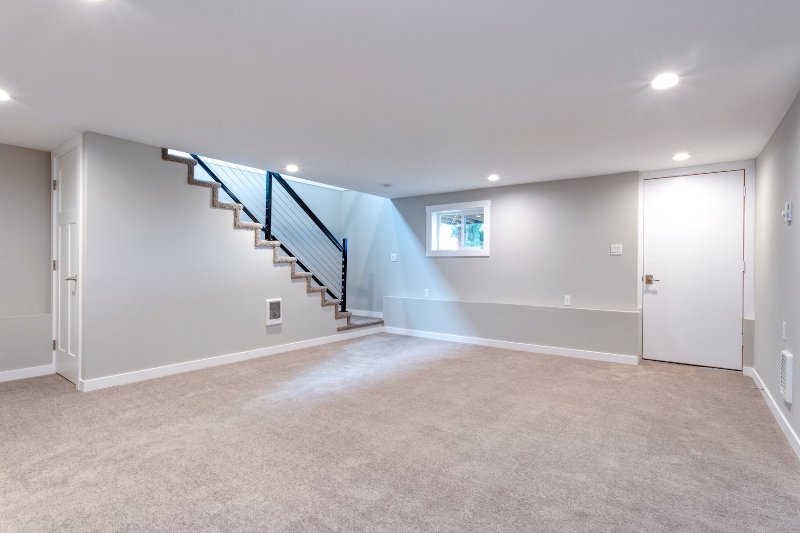Many homeowners tend to skip on basement maintenance for the reason that its main purpose is merely for storage. Nobody really uses it for anything else but that. Only, what you may not be aware of is that regular basement waterproofing is crucial for your home’s safety and your family’s health.
Take a glimpse at these 4 things you should look out for to know if your basement needs waterproofing now.
1. Mustiness
One thing that homeowners should understand is that a musty-smelling basement is not the norm. And it shouldn’t be. Because it’s a tell-tale sign that the presence of mould and/or mildew is in the offing.
Basements are surrounded by piping systems, being that this part of a house is level with the ground itself. If said piping systems aren’t regularly inspected and maintained, the likelihood of them leaking or corroding will be quite high.
The moisture from these leaks and cracks will eventually seep through the ground and the walls, creating dampness and room humidity. It’s these factors that allow mould and mildew to thrive and said fungi are responsible for that unpleasant odour in subsoil rooms.
2. Efflorescence

Efflorescence occurs when soluble salts (salts that can easily be dissolved in water, or any liquid) escape and ooze through the surface of concrete, and other similar building materials. These leave a residue of a white hue and ruin the overall physical appearance of the said porous surface.
It isn’t something that’s hazardous to your health the way mould and mildew are. However, if efflorescence is left unchecked, over time, these crystallized salts can slowly weaken the structural composition of concrete.
And such structural weakening will, then, bring about more basement waterproofing problems.
3. Wall Bowing

Bowed walls are that inward curving of walls which appear as flexures. These “curving” or “leaning” walls push out a lateral pressure on its exterior. As a result, the pressure will cause the leaning walls to crack. Or worse, break.
If they aren’t addressed urgently, the very foundations of the basement may slowly edge to the brink of collapse.
Aside from a flimsy structural framework, wall-bowing is also caused by poor drainage and waterproofing. When water doesn’t have clear and designated passageways to flow in and out of, it will inevitably find other ways to disperse. Once it finds a weak point in a wall, wall-bowing will take place.
4. Watermarks
Another misconception about watermarks is that they’re normal, especially when the humidity levels are high, or during extremely cold weather (i.e. winter). But it isn’t. In fact, if watermarks can be traced on your basement walls and floors, it’s a sign of poor waterproofing, and possibly poor ventilation, too.
Toxic mould can emerge from these watermarks because the latter is usually the outcome of water permeating the basement’s foundations and walls. Issues with grading could be at hand. And there are at least 4 major basement grades.
- Grade 1 or “Basic Utility” – tolerable dampness and slight water permeation (i.e. car parking areas)
- Grade 2 or “Better Utility” – workspaces that necessitate drier conditions compared to that of the 1st Grade
- Grade 3 or “Habitable” – commercial and/or residential spaces that have some form of ventilation
- Grade 4 or “Special” – highly controlled closed-space conditions






